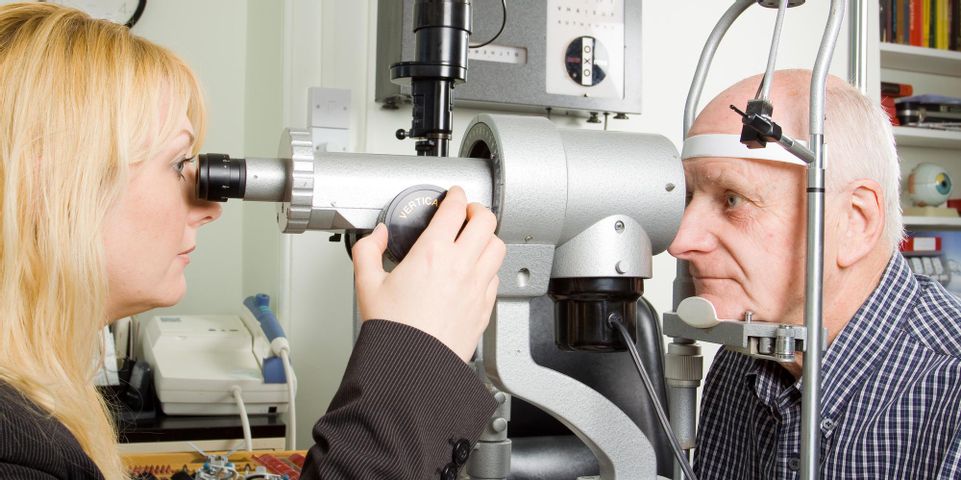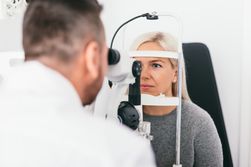A Guide to Glaucoma

Many people misunderstand glaucoma as white spots in the eyes as a person ages. While it can cause this symptom, there’s a lot more to it. Here’s a closer look at this condition that damages the optic nerve and leads to vision loss.
What You Should Know About Glaucoma
1. There Are Several Types
Glaucoma is categorized as either open-angle or angle-closure. Types within the open-angle group are the most common, with nearly 95% of cases falling under this category. These conditions feature vision loss, redness, and pain in the eyes as well as changes in iris pigment coloration.
The rarer angle-closure type is caused by blocked drainage canals within the eye, which lead to increased pressure. Symptoms include severe eye pain and vision changes, such as halos and blurriness. Within this group, there are unique forms of the condition, such as primary and secondary.
2. There’s No Cure
Today, treatments can prevent sight loss from worsening, but they will not reverse the damage. Prescription eye drops and laser procedures can lower eye pressure and reduce optical nerve damage but can’t restore vision that has been lost because of the condition.
3. Early Detection Is Critical
 If undiagnosed, it can cause permanent sight damage as eye pressure builds and presses on the optical nerve. Most eye doctors recommend getting glaucoma checks every two years to find this condition before it affects your sight. If you have a heightened risk, you should get more frequent assessments.
If undiagnosed, it can cause permanent sight damage as eye pressure builds and presses on the optical nerve. Most eye doctors recommend getting glaucoma checks every two years to find this condition before it affects your sight. If you have a heightened risk, you should get more frequent assessments.
These exams include examining the inner eye pressure by measuring how the eye reacts to a quick puff of air. An ophthalmoscopy dilates the pupils with eye drops to allow the doctor to look into the back of the eye and assess the optic nerve color and shape.
4. Risk Factors Are Present
Seniors over age 60 have a higher likelihood of developing the condition, but anyone can have the condition. Individuals with direct family members who have the condition are also at a higher risk, as are Latino and African American people over age 40.
5. You May Not Have Symptoms
Unfortunately, individuals with open-angle glaucoma are less likely to have symptoms until they lose their ability to see. By then, the condition has prevented eye fluid from draining and injured the optic nerve, leading to blindness without treatment. Get recommended screenings to assess your risk and catch it as soon as possible.
If you’re concerned about glaucoma, contact Midwest Eye Center: A Division of TriState Centers for Sight in greater Cincinnati, OH, or northern Kentucky to set up an eye exam. The vision experts offer inlay treatments and can address dry eyes, macular degeneration, and more. Call the practice at (859) 525-6215 or visit the website for information on their team of doctors who provide personalized eye care.
About the Business
Have a question? Ask the experts!
Send your question

